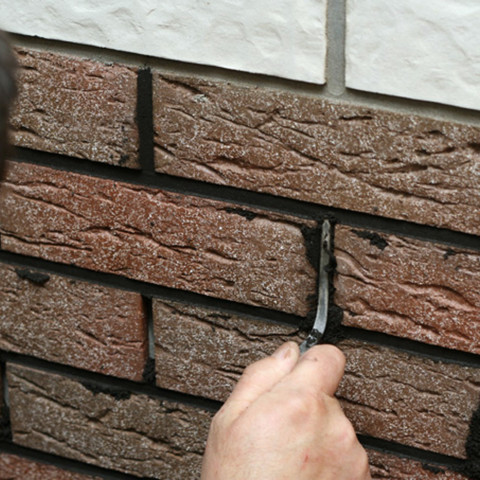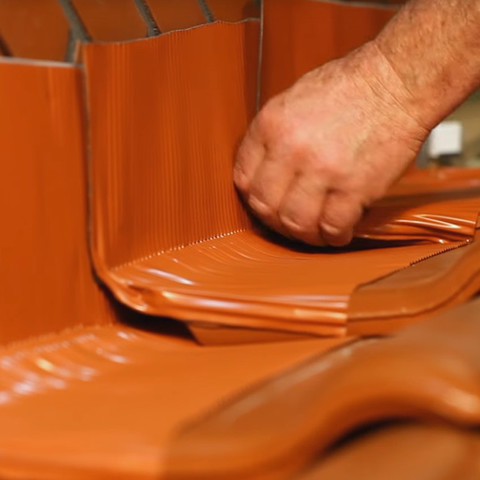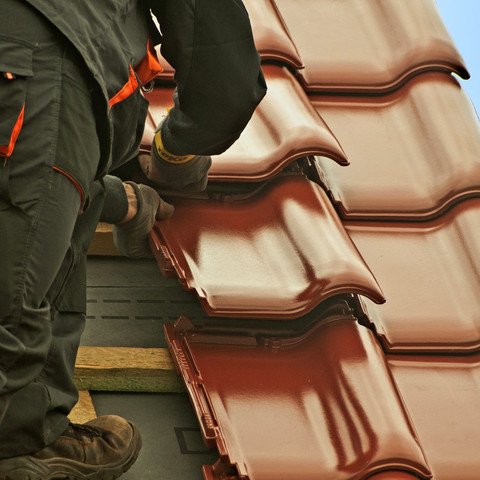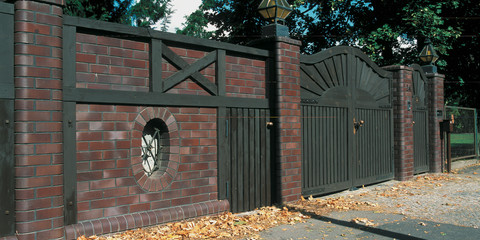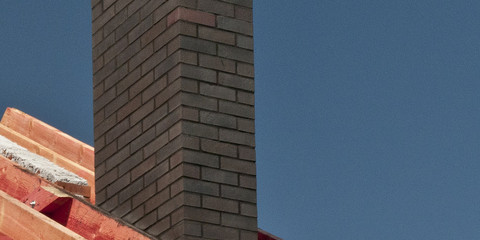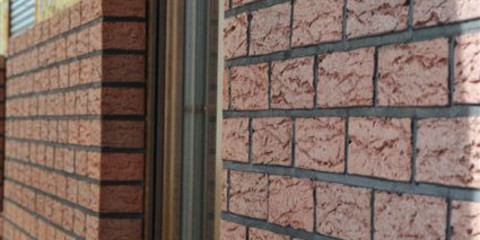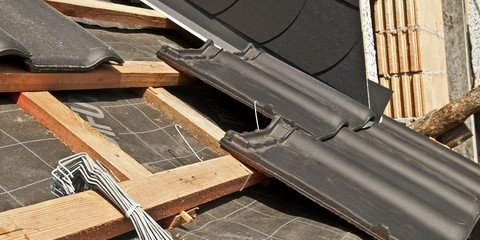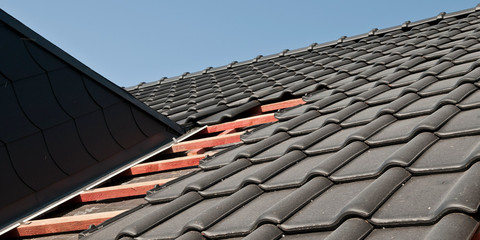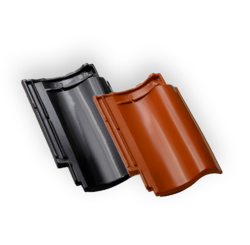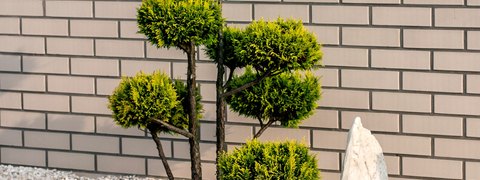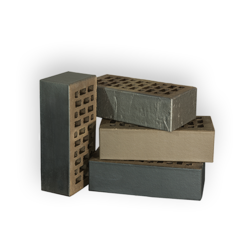Grouting
The brick wall must dry thoroughly before grouting. Depending on the weather conditions, this will last for three to five days. You also have to wait for the right weather – do not perform grouting during rainfall.
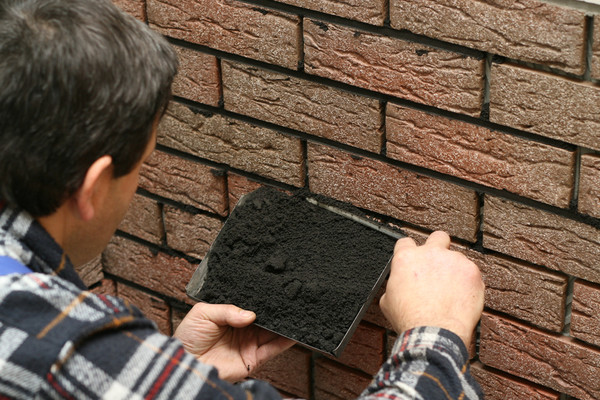
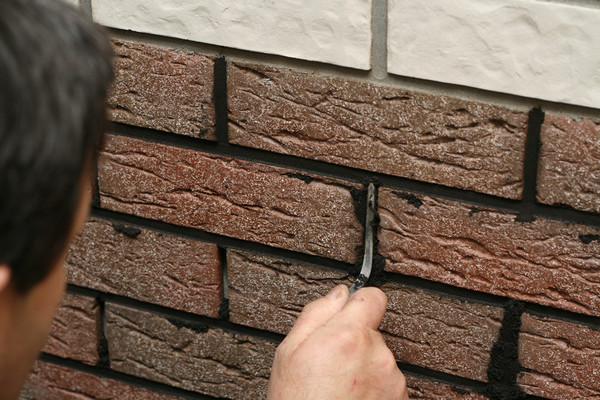

When buying mortar, you should take the type of brick into account, because other joints are intended for clinker bricks, other for face bricks.
Preparation of the mortar
Mortar for joints should be prepared in small quantities. Pour about 6–8 trowels of dry mortar into a container and add the water, stirring until the mass reaches a suitable consistency. A good way to check if the mortar has been made properly is to squeeze a handful of mortar in a hand and form a roll from it, and then roll it 10 times on the surface of the open hand. The mortar should not disintegrate (it means it is too dry) or leave marks on the palm of your hand (then it is too wet).
Grouting
Grouting starts from pouring about one trowel of fresh mortar into a tray. Then, press the mortar between the bricks using a grouting spatula. You need to have enough quantity of joint so that it touches the mortar and the mass protrudes slightly behind the cladding. The rest of the mass should be removed using a putty knife. The joint must be firmly pressed and smoothed. First, we fill in the vertical joints and then horizontal ones. The grouting mortar should be pressed in vertical joints using the side edges of the grouting tray, the same applies to horizontal joints. After finishing the grouting, we have to slightly sweep the wall with a delicate brush. This should be done very carefully, making sure that the mortar does not stick to the joint and does not get on the bricks.
